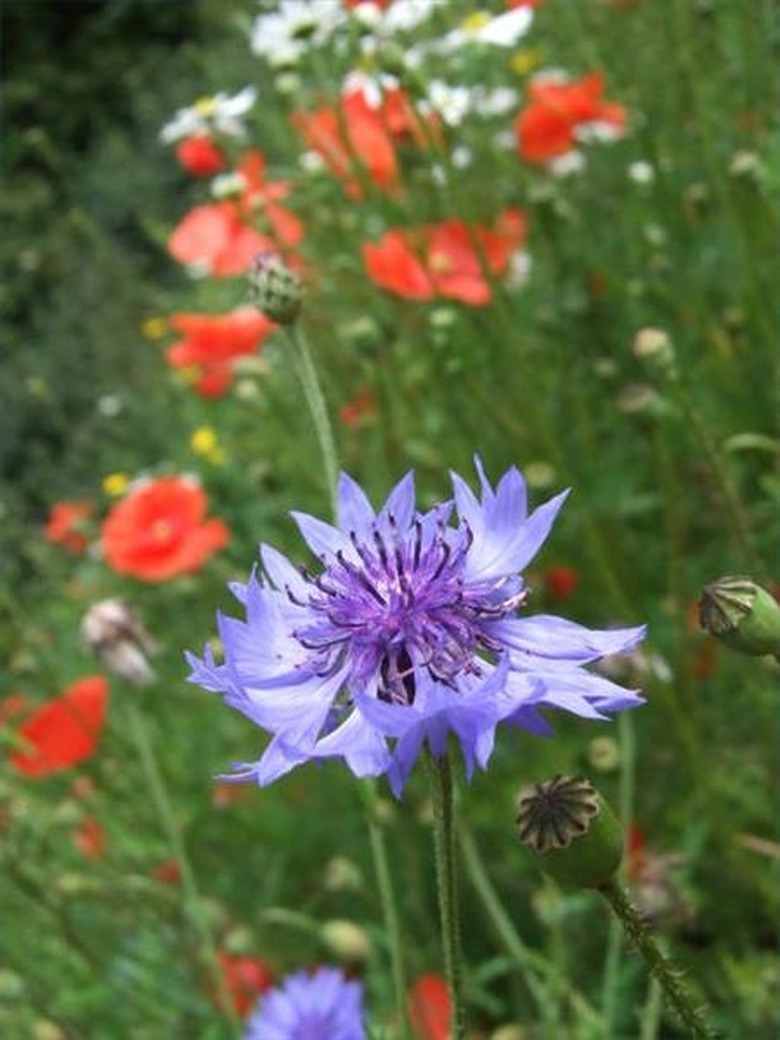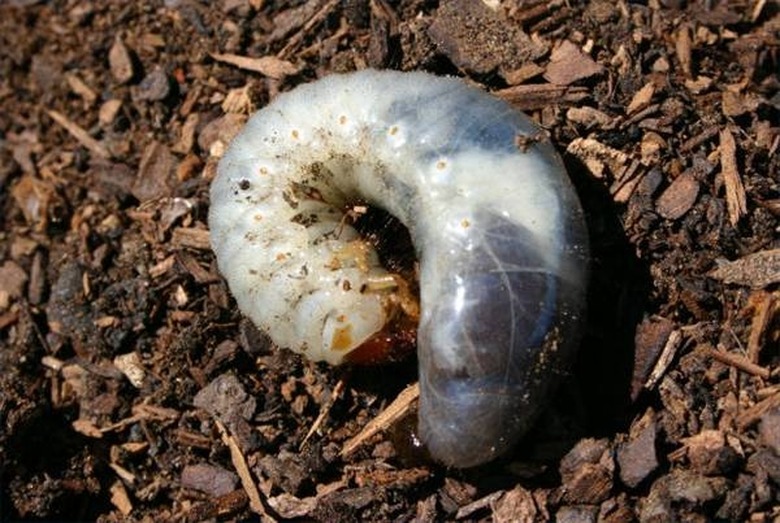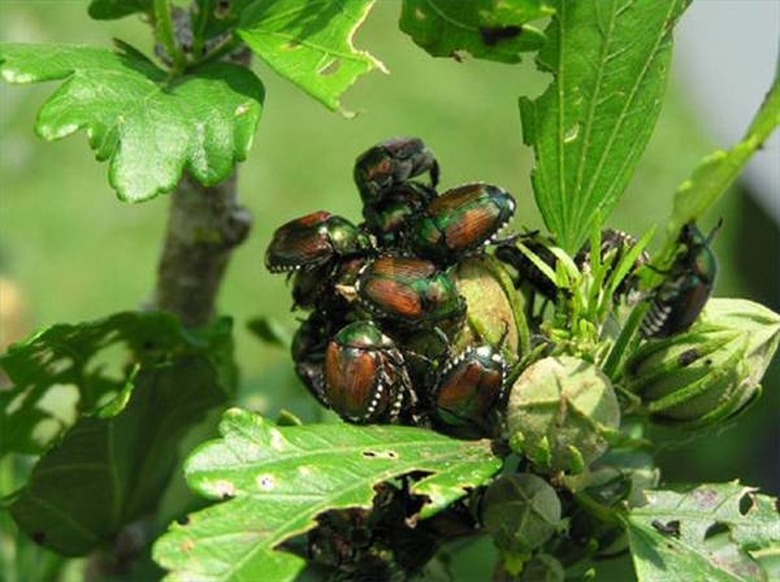When To Apply Milky Spore
Japanese beetles can completely devour everything in your lawn and garden — trees, shrubs, fruit, vegetables and flowers. Most Japanese beetle treatments on the market will eliminate these garden pests in the short run. However these treatments must be repeated frequently and the beetles will keep returning year after year. Milky spore is considered to be a long-term solution to Japanese beetle infestations.
What Is Milky Spore?
Since the 1940s, milky spore has been manufactured to specifically eliminate the Japanese beetle grub. Milky spore is a naturally occurring bacteria that is reproduced by St. Gabriel Labratories (See References). The active ingredient in milky spore is bacillus popilliae. The spores are activated in warm, moist soil.
- Japanese beetles can completely devour everything in your lawn and garden — trees, shrubs, fruit, vegetables and flowers.
- Milky spore is considered to be a long-term solution to Japanese beetle infestations.
The USDA has approved milky spore for use on the beetle grubs. It states that milky spore is not considered harmful to humans, birds, dogs, and other animals. This all-natural, organic treatment will not destroy insects that are beneficial to your garden or negatively impact the water supply including wells, ponds and rivers.
Targeting Grubs
Once the mature beetles emerge from the ground they begin damaging plant foliage above ground. What cannot be seen is the damage beetle grubs do to the roots below the surface. The grubs can be just as harmful, if not more so, as the adult beetles.
Japanese beetle are most vulnerable when they are grubs. By eliminating the grubs, fewer adult beetles will emerge and fewer eggs will be introduced into your lawn and garden, lowering the number of beetles the following season.
- The USDA has approved milky spore for use on the beetle grubs.
- What cannot be seen is the damage beetle grubs do to the roots below the surface.
To be more effective, after treating with milky spore, you can continue to use other treatments to eliminate adult beetles. See product information in the Resource section below.
How Milky Spore Works
After the application of milky spore, the Japanese beetle grubs begin feeding on the spores. The spores infect the grub, giving them milky spore disease. The disease does not allow a beetle grub to develop into an adult Japanese beetle. Once they feed on the spores, the beetle grubs will die in seven to 21 days.
As the grubs decompose in the soil more milky spore is released into the ground. This cycle repeats until all grubs in the treated area have been eliminated.
- To be more effective, after treating with milky spore, you can continue to use other treatments to eliminate adult beetles.
- After the application of milky spore, the Japanese beetle grubs begin feeding on the spores.
When and How to Apply
Milky spore can be applied anytime during the year, except when the ground is frozen. Fall is considered to be the best time to apply the treatment, as the grubs are close to the surface of the warm soil, feeding on roots.
This product only needs to be applied one time and does not need to be retreated on a yearly basis. It is recommended that any treated areas be lightly watered 24 hours after application. Milky spore takes two to four years to thoroughly penetrate an area. As more grubs ingest the milky spore, more spores are naturally released into the soil. The spores should remain in your soil for up to 20 years.
- Milky spore can be applied anytime during the year, except when the ground is frozen.
- It is recommended that any treated areas be lightly watered 24 hours after application.
To purchase enough milky spore to treat your entire lawn, plan on approximately one pound for every 4,000 square feet of property. One teaspoon of milky spore should be placed on your grass four feet apart in rows. Each row should then be spaced four feet apart.




